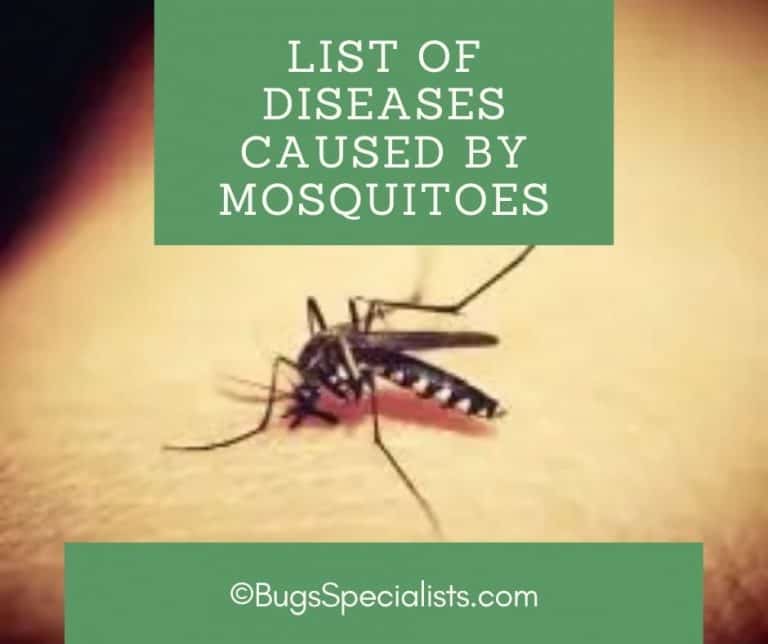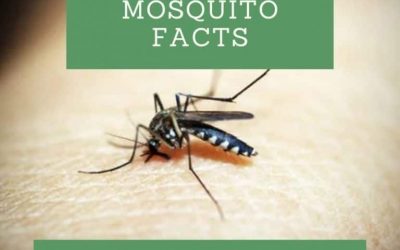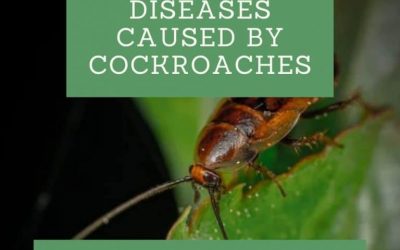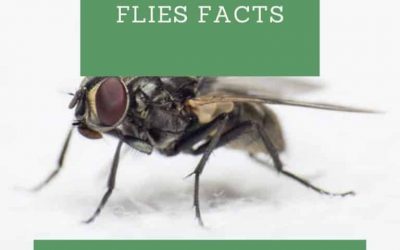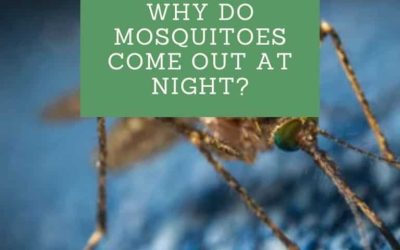Here’s a List of Diseases Caused by Mosquitoes. Mosquitoes are arguably the number one nuisance in summer and cause of immense human suffering in the world. Their ability to endure and reproduce in any weather condition makes them challenging to control.
The buzzing alone can drive one crazy, not forgetting the painful bites. What makes the mosquitoes more dangerous is their ability to spread diseases and parasites that affect humans and animals.
Mosquitoes feed on blood. Therefore, they swallow parasites and viruses from their hosts and can quickly transfer them into their next victims through their saliva.
Infections spread through mosquitoes are known as mosquito-borne diseases. These blood-sucking bugs cause almost 700 million infections yearly, resulting in over one million deaths annually.
Here is a list of diseases caused by mosquitoes. They include Malaria, Dengue fever, Yellow fever, Zika virus, Chikungunya, Elephantiasis, Japanese encephalitis.
What Diseases Do Mosquitoes Carry?
1. Malaria
This is the most known mosquito-borne disease worldwide. Almost 40% of the world population is susceptible to the disease, especially in tropical areas.
The female anopheles’ mosquito picks plasmodium parasite from infected people through feeding. It takes 10 to 18 days for the parasite to develop and be transmitted through saliva.
Once the parasite is introduced into the bloodstream, it multiplies in the liver before feeding on red blood cells.
Malaria is life-threatening if left untreated because it cuts off blood supply to essential organs. The parasites have developed a resistance towards numerous malaria treatment across various countries.
Common Symptoms
- Fever
- Headache
- Vomiting
- Chills and sweating
2. Dengue Fever
The virus is transmitted by a female mosquito of Aedes aegypti and A. albopictus species.
Making a correct diagnosis is a challenge because it mirrors other disease symptoms like typhoid fever and malaria. Laboratory tests of infected blood show a rise in the number of antibodies.
Principal Symptoms
- High fever
- Intense pain in joints, muscle, bones, and behind the eyes
- Mild bleeding in nose, gums
- Rash
- Severe dengue leads to respiratory distress, fluid accumulation, plasma leaking, and organ impairment.
3. Chikungunya Virus
This pathogen is originally from the Caribbean and has been reported in more than 35 states in the Virgin Island, US, and Puerto Rico. Even though there is no specific medication or vaccine yet, the disease is not fatal.
IgM antibodies can be detected in blood 3-5 weeks from the first symptoms until two months.
While death is not always the end result of the disease, joint pain can last for months, even years resulting in chronic pain and disability.
Other symptoms of the chikungunya virus include chills, vomiting, nausea, muscle pain, fatigue, headache, sudden fever, rash, and lower back pain. Shared signs with other similar diseases may lead to misdiagnosis.
Due to the lack of vaccine or medication, it is crucial to prevent the disease by avoiding mosquito bites.
4. Zika Fever
Zika virus is spread by a similar species responsible for dengue and chikungunya disease.
It can also be spread sexually. Various outbreaks of the disease have been reported in the Pacific Islands, tropical Africa, the US, and Southeast Asia.
Victims of the infection are usually asymptomatic and rarely require hospitalization.
There may be mild symptoms, including red eyes, conjunctivitis, fever, joint pains, and rash. There is no known cure or vaccination, making prevention the only solution.
While death is uncommon with this disease, it is dangerous for pregnant women and babies. The infection causes a condition referred to as microcephaly.
This causes the small head and brain size in newborns, resulting in neurological defects leading to death. Guillain-Barre syndrome is also another life-long condition caused by the Zika virus.
5. Yellow Fever
Yellow fever is commonly found in both tropical and subtropical areas of Africa and South America. Its name ‘yellow’ comes from its common symptom known as jaundice.
Over 200,000 cases of yellow fever are recorded every year, resulting in 30,000 deaths. 90% of these numbers represent Africa. This virus is spread through an infected Haemagogus or Aedes mosquito species.
Most people infected with yellow fever have mild or no symptoms at all. However, approximately 15% of symptomatic persons’ illness progress to the severe form.
The symptoms include jaundice, back pain, muscle pain, nausea, high fever, bleeding, shock, and organs failure. Vaccination is the best preventive measure in this case.
6. Lymphatic Filariasis (Elephantiasis)
This condition can be caused by three filarial worms consisting of Wuchereria bancrofti, Brugia timori, and Brugia malayi. Mosquitoes transmit lymphatic filariasis in humans, causing painful disfiguration that could result in permanent disability.
The condition may come with life-long devastating social, physical, mental, and financial problems. The disease’s visible signs manifest later in life, including lymphoedema, scrotal swelling, and elephantiasis.
7. Japanese Encephalitis.
This is considered the common cause of viral encephalitis in Asia, recording almost 68,000 cases annually. Culex is the species responsible for transmitting the infection to humans through bites.
Although most of these cases result in mild or no symptoms, 1 out of 250 instances develops to severe illness. Some of the common symptoms are disorientation, headaches, seizures, stiff neck, high fever, coma, spastic paralysis, and even death.
In symptomatic patients, the fatality rate could be up to 30%. The good news is that there is a vaccine to protect against this encephalitis virus.
Related reading What kills mosquito larvae in swimming pools
Frequently Asked Questions
Q1: What Percentage of mosquitoes carry disease?
Q2: Can mosquitoes transmit STDs?
STDs only survives through the direct fluid to fluid contact. The bugs’ digestive tracts kill the infection. Therefore, not transmittable.
Q3: Can a mosquito give you aids?
Q4: Can mosquitoes transmit hepatitis?
Prevention Is the Best Approach
Mosquito bites are more than just itchy bumps. They cause fatal diseases leading to high loss of lives annually. Use repellants to protect yourself and family from the list of diseases caused by mosquitoes.
With proper maintenance of your surroundings, the pests will stay away. Furthermore, you can always call a professional mosquito exterminator to help with the infestation.
Related reading small mosquito like bugs in house

